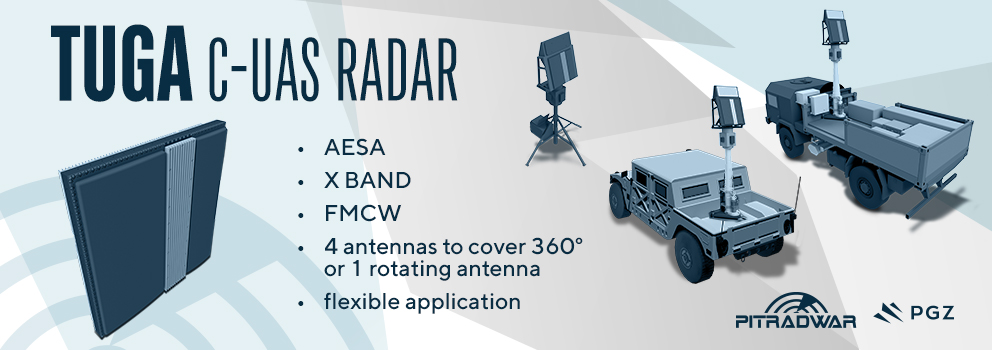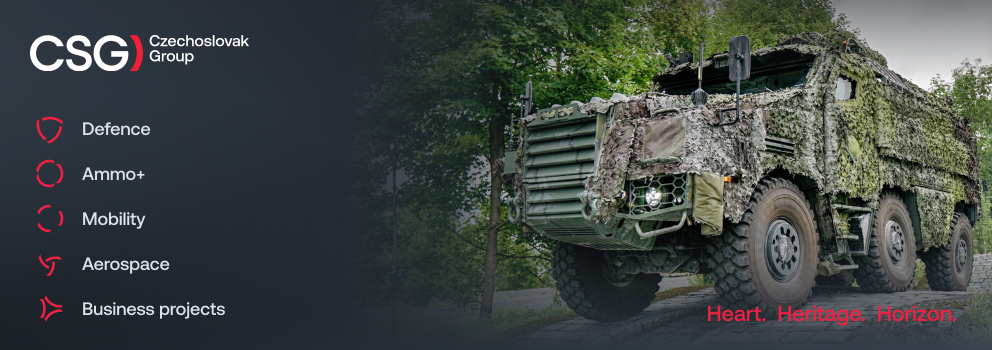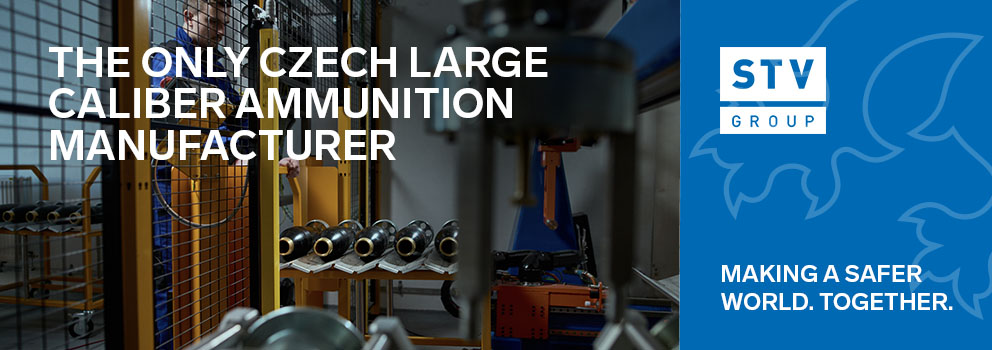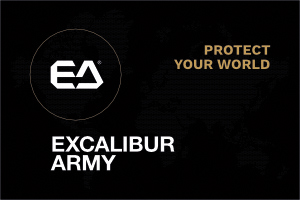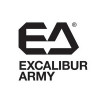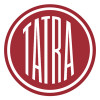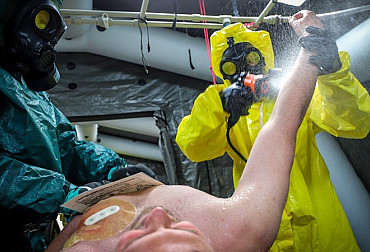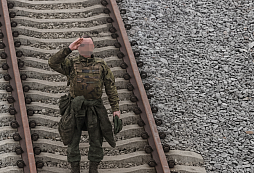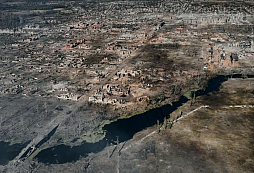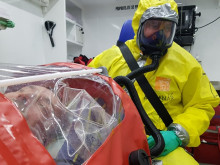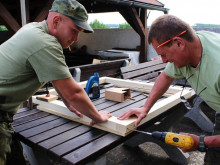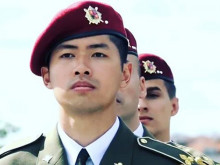First Days in reality: Joining the 4th Commando Company of the 43rd Airborne Regiment in Chrudim
Personnel work, and in particular the recruitment of new soldiers, is a priority for the current Czech Armed Forces. This is often mentioned by the Minister of Defense, the Chief of the General Staff, and daily by unit and formation commanders. Recently, former Chief Warrant Officer of the Czech Armed Forces Peter Smik commented on the mistakes made after the arrival of new soldiers from Vyškov into the formations in the podcast 10:35. The aim of this article is to present the approach of the commander and chief warrant officer of the 4th Commando Unit of the 43rd Airborne Regiment, which may serve as a guide for other platoon and company commanders.
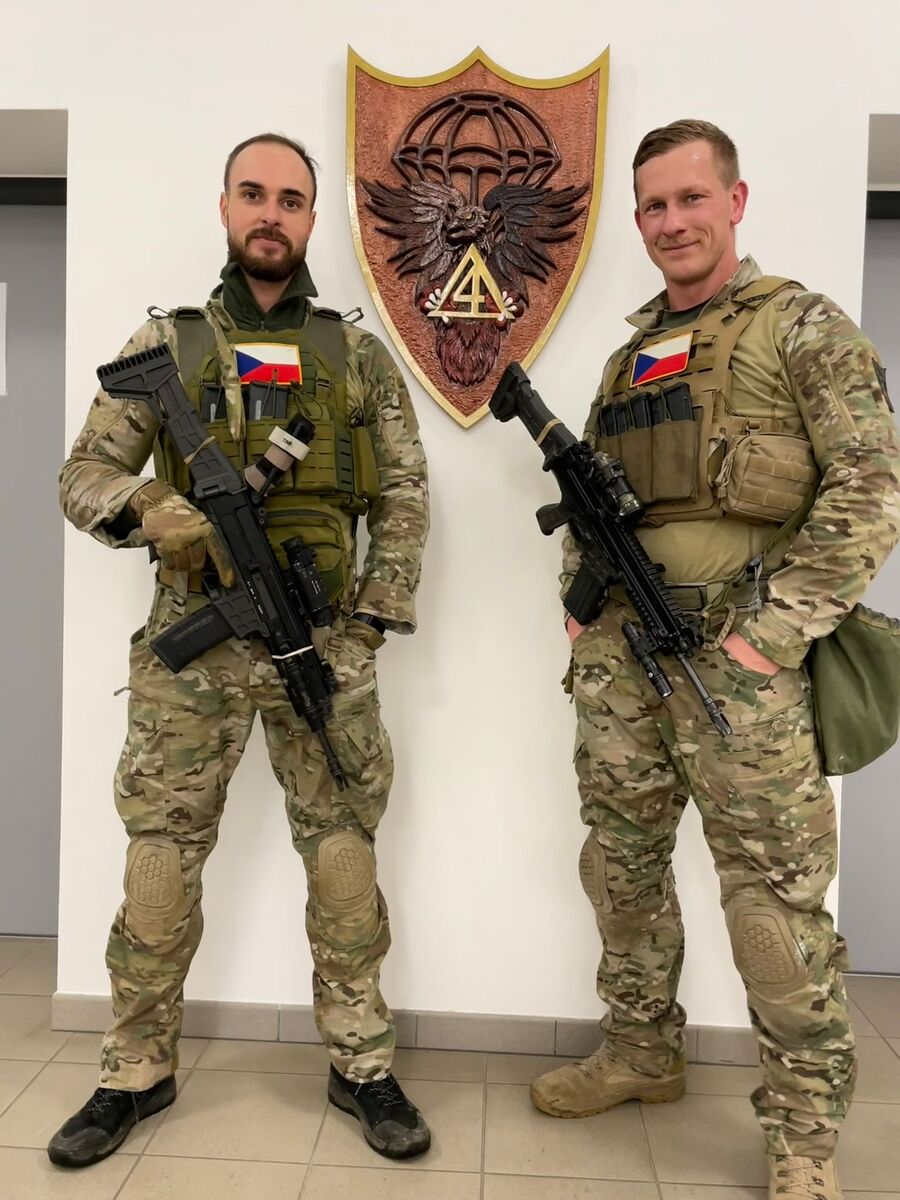
First day
The first day in the paratrooper regiment begins with all recruits gathering at the barracks gate. This is followed by an introductory speech by the commander or his deputy, registration at the personnel and finance departments, and completion of formalities at the security department. For the purposes of this text, there is no point in going into detail about the above, which is more or less the same in all combat units. The purpose is to take photographs, create ID cards, and ensure that salaries are paid.
After this introductory round, new recruits usually move on to their units. In the 43rd Special Forces Group, they are assigned to commandos or centers, and in other units, they are assigned to companies. From my point of view, which coincides with that of a former chief warrant officer of the Czech Armed Forces, this is a crucial moment in the life of a new recruit. They meet their unit commander for the first time in their career. In the basic course, they had instructors, but here they have a commander. Until then, they may have only had a movie image in their minds and wondered whether Winters, Sobel, or Tůma would be there.
I always welcome newcomers with a few words and emphasize that I am glad they have joined us. I briefly explain and show them around the entire floor, i.e., the commando's "territory," introduce my deputy and the senior warrant officer, and then we take them to the briefing room or clubroom and let them sit down. Here, I introduce the top three commandos again and welcome the newbies once more. I tell them I appreciate them joining the army and not being afraid to come to the paratrooper regiment. Like with drill, I use this repetition to help the newbies remember the initial info. Then, I give a quick overview of the 4th commando and what it does.
Rights and responsibilities
After an initial introduction, we go through the basic tasks for new recruits for the first 1–2 years. This includes passing an orientation physical test within the commando unit, annual physical and professional tests, a selection process, DIV (intensive refresher training), and a basic parachuting course. In addition, there are, of course, the commando's tasks for the year, ideally with deadlines. The basis is the application of the principles of "work-life balance," which in this case specifically means training preparation, execution, and subsequent restoration of combat readiness, or the selection of time off.
Before describing the training, here are three basic tips:
- Write down the tasks you are given – in a diary or on your mobile phone – so you don't forget anything!
- Be everywhere 5 minutes early
- Keep your shoes clean
If you follow the above, no one will be "mean" to you.
On the second day, new recruits are usually tested on basic physical skills. Specifically, this includes the Cooper test (a physical fitness test that measures the distance a person can run in 12 minutes), pull-ups (maximum number), push-ups in 30 seconds (maximum number), and sit-ups in 1 minute (maximum number). This test serves to verify the results that the new recruits report to us in advance, i.e., how they performed in Vyškov. It serves primarily as a starting point for us to set up further training in the platoon and also to teach new recruits that lying is not acceptable. The exercise is only indicative, without emotions (facial expressions and insults for a low number of repetitions, etc.) with slight support during running ("push harder," "show me what you've got," "come on, 1 minute left!"). It serves to estimate success in the selection process.
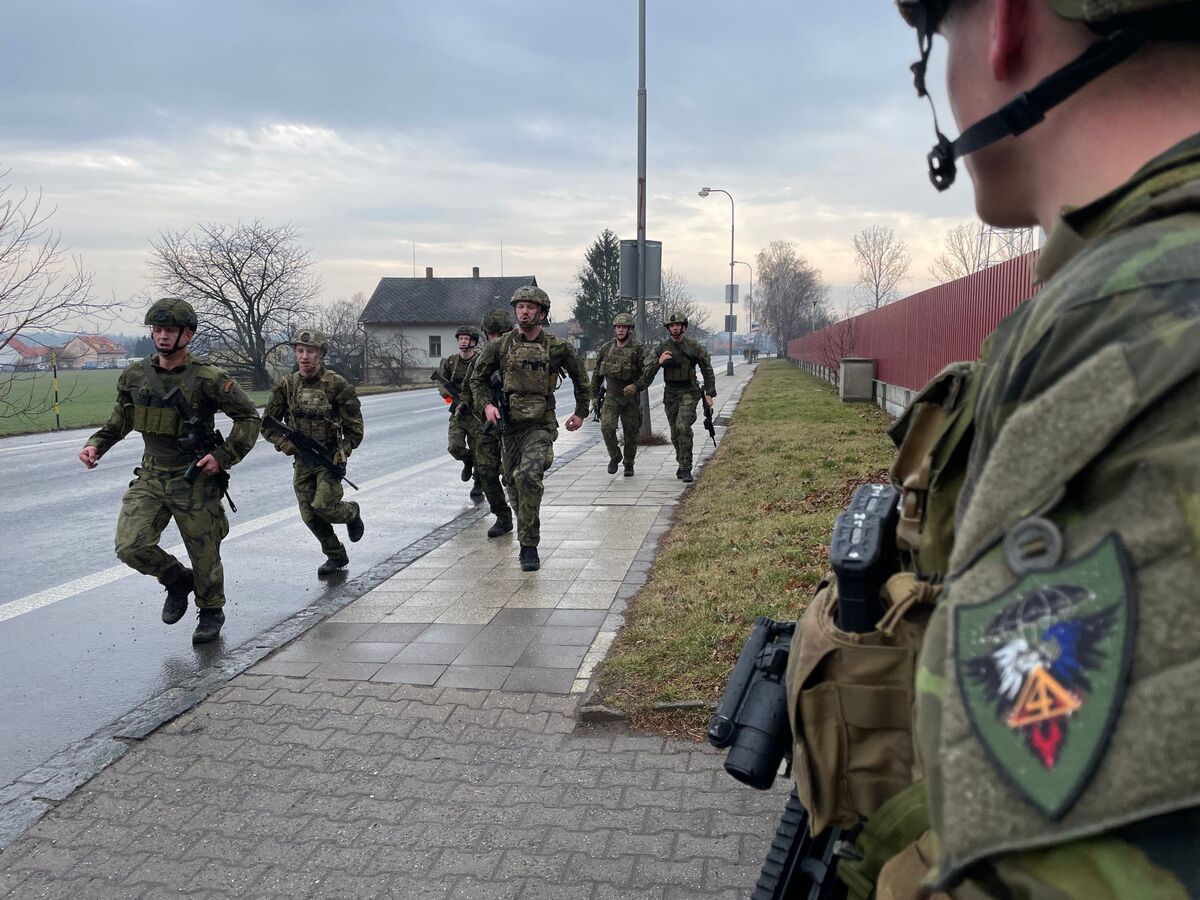
Newcomers are immediately familiarized with the selection process in theory. We ask them questions to find out whether they are familiar with all the disciplines and whether they are aware of any problems. We explain the physical test evaluation system, the pitfalls of the disciplines, and the expected date of the selection process. The senior warrant officer emphasizes the importance of the selection process as a uniform starting line for all paratroopers in the regiment.
This is followed by a description of and motivation for the DIV. A general explanation and terms that will apply to those who are successful in the selection process are provided. The importance and unity of training across the regiment and the acquisition of basic skills for further development and the start of parachute training are mentioned. The next stage after successful DIV is the basic parachute course (ZVK). After completing this in Chrudim or Vyškov, the individual is a fully-fledged paratrooper with the right to wear a red beret.
Motivation
The list of courses and their sequence serve as a motivational tool. With each level, new recruits "earn" something, specifically:
- After the selection process, they are entitled to wear the 43rd Airborne Regiment patch. Before that, they only wear the command/center insignia
- After completing DIV, they are entitled to wear the 4th commando patch and receive certain equipment allowances
- After ZVK, they are entitled to wear a red beret and receive additional financial benefits (risk allowance, meal allowance)
- After completing the paratrooper series, training at NSV and FR, the stabilization allowance will be increased
- Fulfillment of the above and completion of the period of service – right to a Charon knife.
Next, the rank system and possible career advancement within the unit are briefly described – prospects for drivers, good marksmen, future commanders, or capable signalers. New recruits are also informed about the associated promotions and courses, of which there are quite a few – OŘVOS, CLS, NVDO, and, most importantly, KPB/KUB. New recruits thus have a realistic idea of where they can take their career and are assured that we will guide them according to their strengths (English language, manual dexterity, physical fitness, etc.).
Mentoring, instruction, tradition
The initial introduction ends with the senior warrant officer asking a very important question: "Guys, do you all have a place to live? If so, tell me where you live." It seems silly, but it's not. The former chief warrant officer commented on this topic, saying that joining the army can be the first experience of independence away from home. We don't want to make fun of these people; we want them to stay with us. That's why we ask them about their living arrangements.
Then we move on to instruction and mentoring. The instruction covers the equipment—what everything is used for and how to take care of it. This mainly involves how to take care of the new equipment issued by the executive sergeant.
From day one, mentoring is provided by the squad leader or deputy platoon leader. They thoroughly familiarize new recruits with the platoon and squad areas, the unit premises, the armoury, the airport, and the parachute training ground. As part of their training, they are guided and developed towards completing the military training and preparing for the DIV. As a "taster" and motivation, they are also introduced to the "icing on the cake", such as CQB and NVDO. This is so that the new recruits want to do it themselves. We cannot force anyone, but we can create good conditions for those who are interested or help those who want to serve.
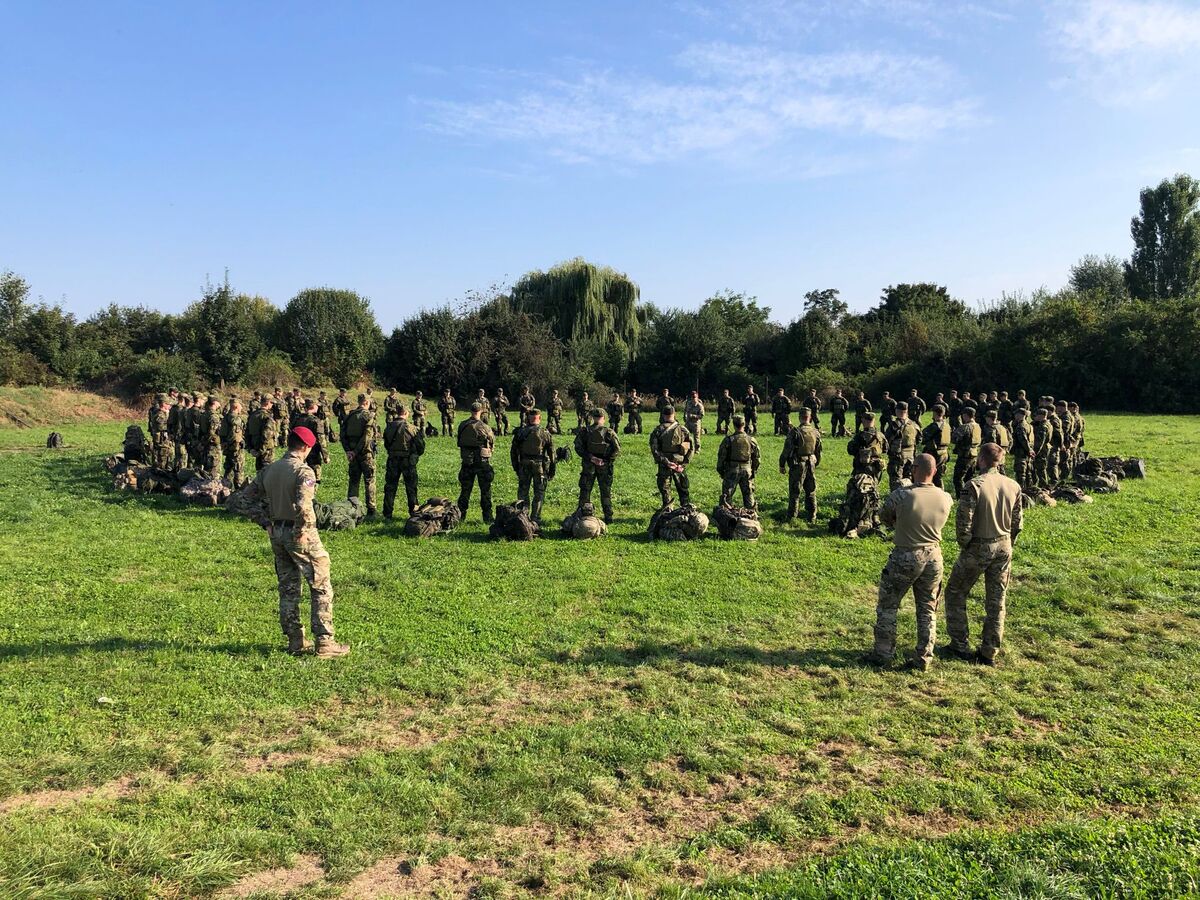
The last part is traditions. The army is built on them, especially the paratroopers. Familiarization with the command's insignia and flag, familiarization with the regiment's symbols, and a visit to the garrison museum. Either with the commander or the senior warrant officer. This introduction and visits can answer the question "why do this" and perhaps remove the uncertainty that people have in the first few days.
Conclusion
The above is not SOP, but a procedure I have verified for treating new recruits in a humane, modern, and yet military-like manner. It's not a discovery of America; it works for us. Given the increase in salaries, this approach is one of two ways to make service more pleasant for soldiers and thus retain them. The second way is "welfare," but that's a topic for another time.
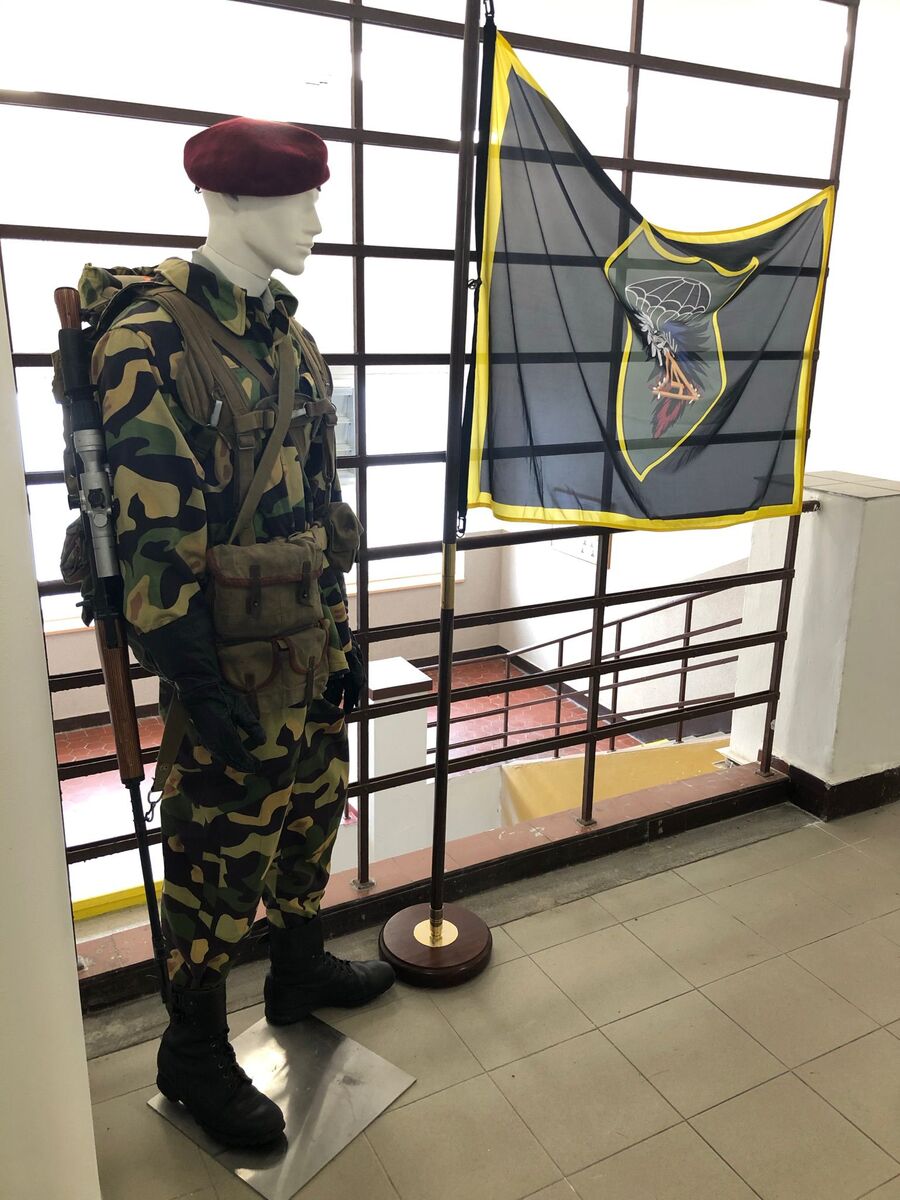
A few questions for fun
Given my experience as a commando commander (since 2020), especially with regard to new arrivals in the COVID era, I asked four YES/NO questions, always with a show of hands to indicate agreement. Specifically:
- "Raise your hand if you can write."
- "Raise your hand if you can read."
- "Raise your hand if you can sign your name."
- "Raise your hand if you can read the text and confirm your agreement with your signature."
In 100% of cases, everyone raises their hands. This is the success of the Czech education system in a nutshell. Nevertheless, there is sometimes a look of horror on their faces when I ask the fifth question: "So you have all voluntarily signed up to serve in Chrudim?" There is always someone who hesitates. And then, after a week, they find out where Chrudim actually is and that it is quite far from Domažlice. It is not always the fault of the "evil HR manager" from the KVV.
